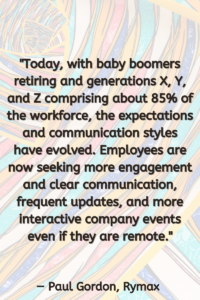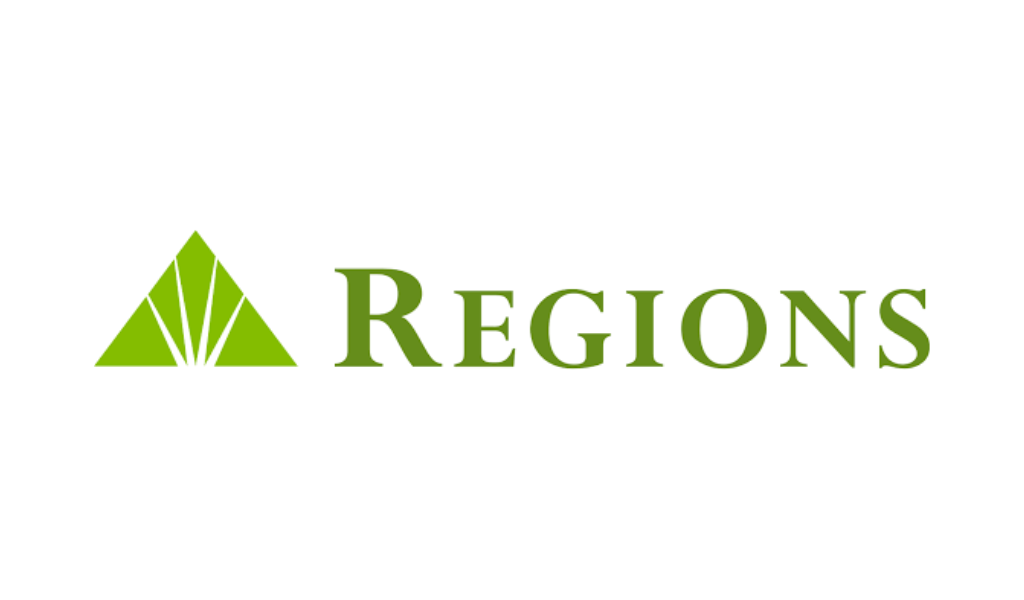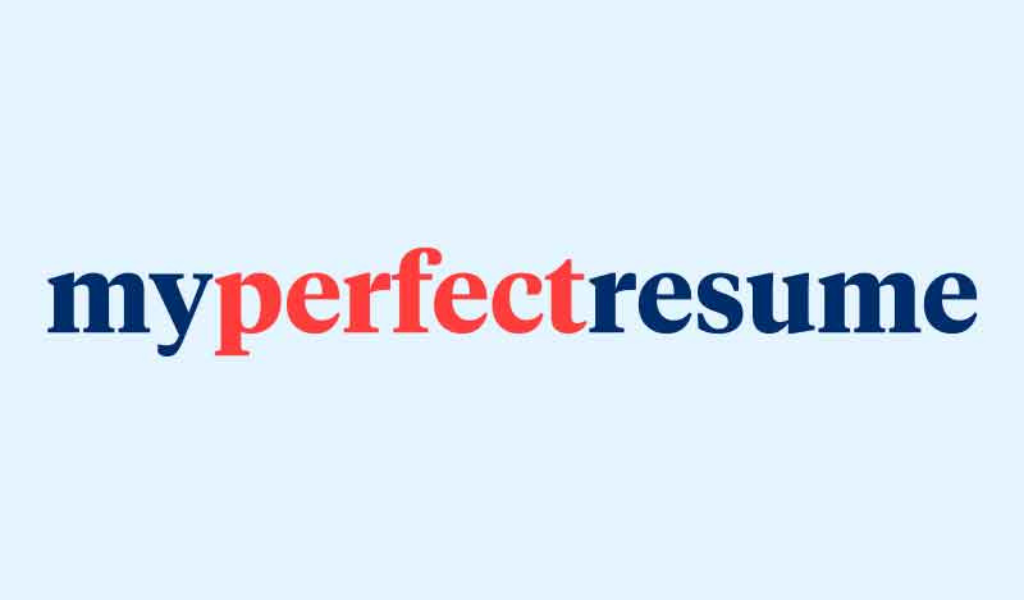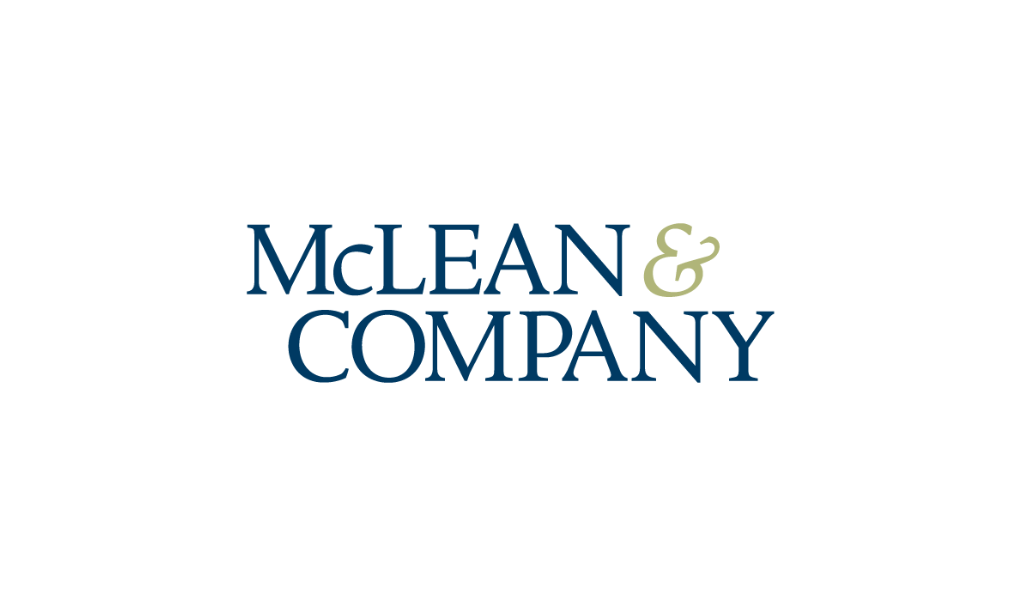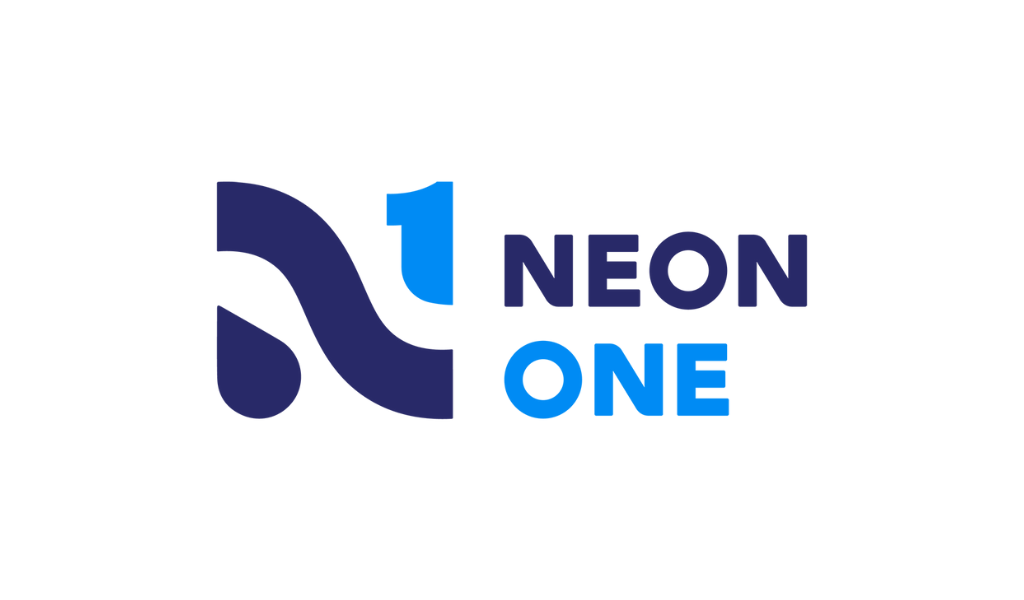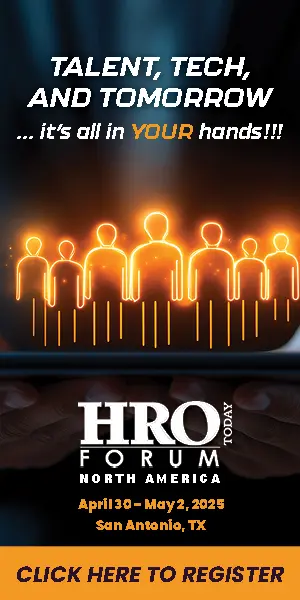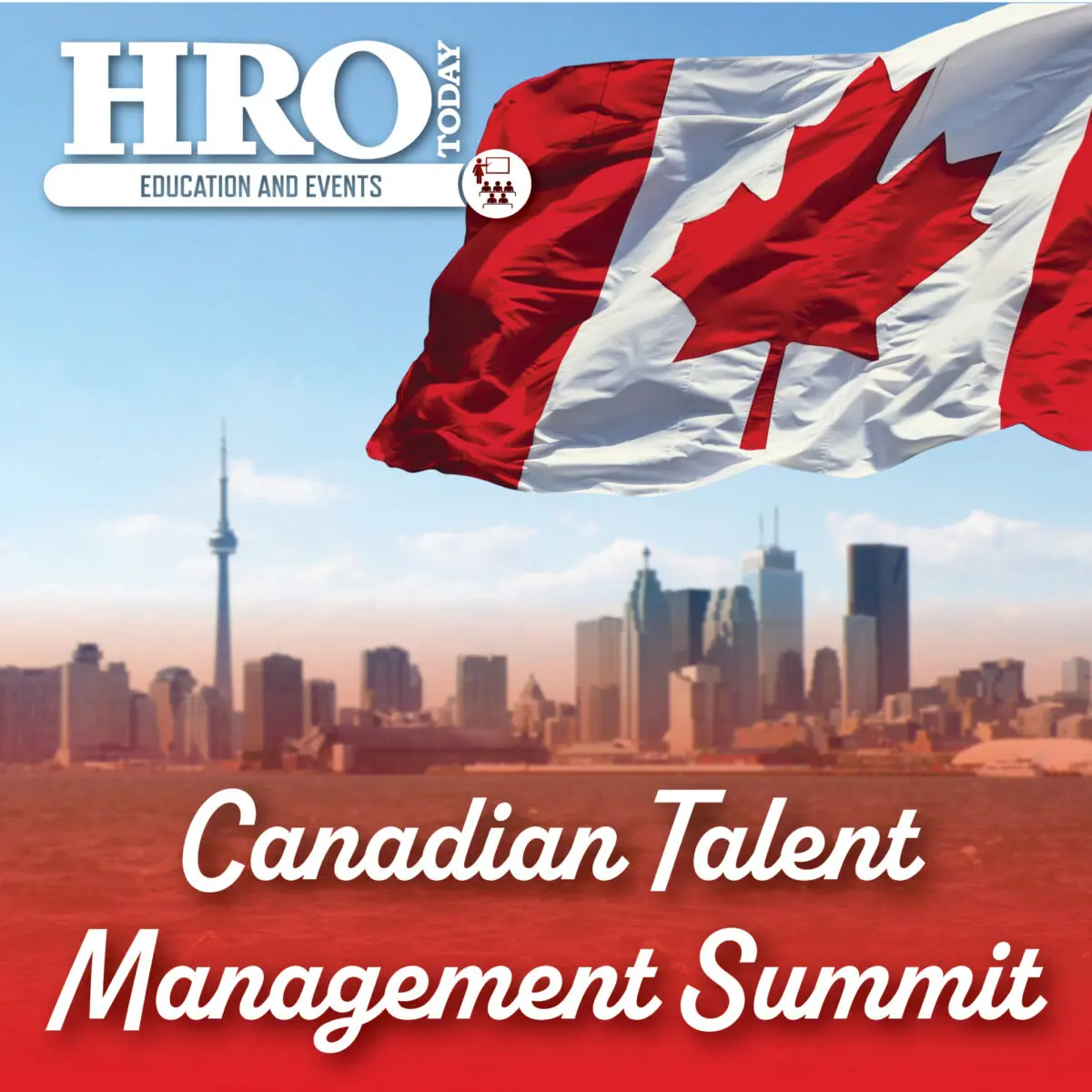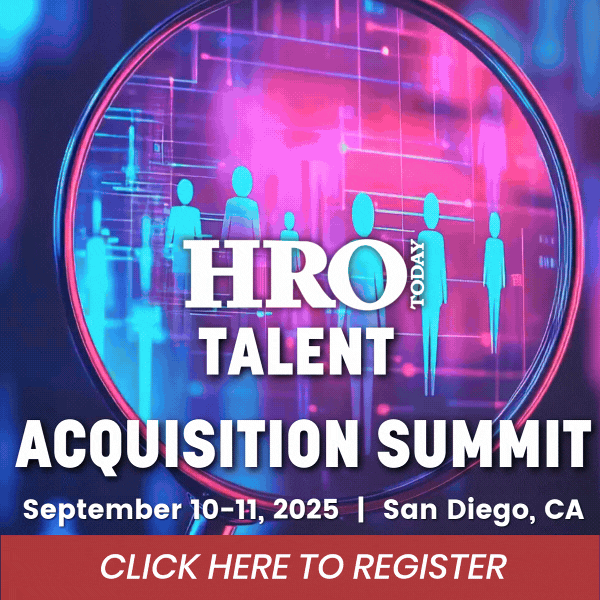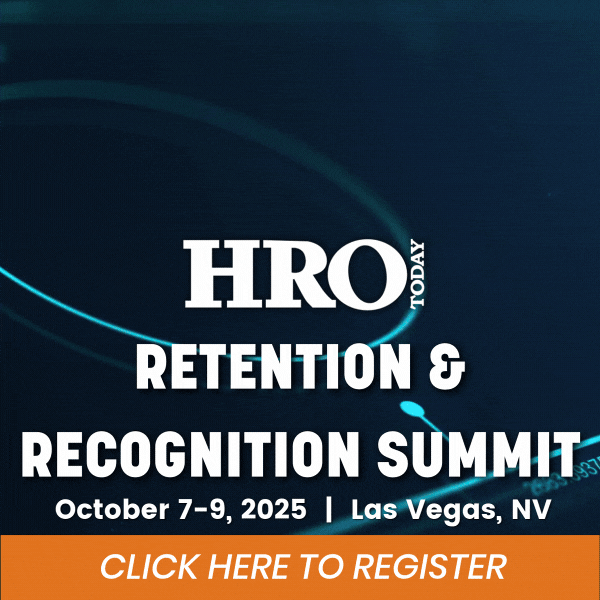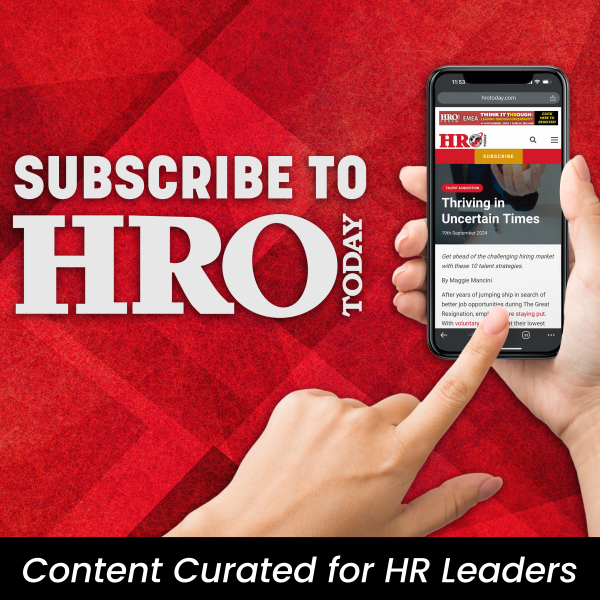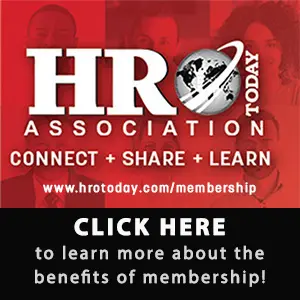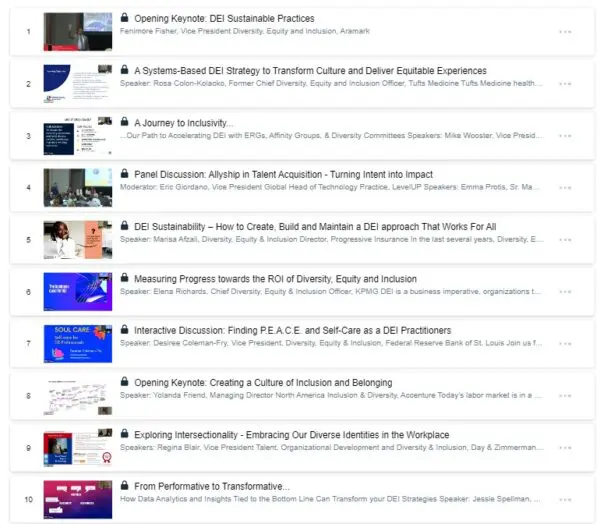Organizations must address employee needs and invest in recognition to attract and retain top talent in the wake of global labor shortages.
By Maggie Mancini
Although it has been more than four years since the pandemic upended the lives of millions of people across the globe, the lingering aftermath of the crisis ushered in significant changes in the way people seek out and show up for work. Global events like The Great Resignation—in which employees left their jobs en masse in response to wage stagnation, burnout, and overall job dissatisfaction—shifted perceptions of what employees wanted in the workplace. The impact of subsequent labor shortages has been felt in nearly all industries, underscoring the demand for HR leaders to address employee needs and attract and retain top talent to their organizations.
The primary goal for most employees is to find a positive work-life balance, says Paul Gordon, senior vice president of sales at Rymax. As employees continue to reassess their career goals and life priorities in the wake of the pandemic, they have become more likely to question taxing commutes, seek out genuine opportunities for advancement, and focus on garnering the necessary income to support their personal and professional needs. In fact, the Pew Research Center finds that employees who quit their jobs during The Great Resignation cite low pay (63%), lack of opportunity for advancement (63%), and feeling disrespected at work (57%) among their top reasons for leaving.
Providing opportunities for work-life balance—whether through flexible work arrangements, support for families, or access to additional training and development—can help HR leaders attract and retain talent.
“Today, with baby boomers retiring and generations X, Y, and Z comprising about 85% of the workforce, the expectations and communication styles have evolved,” Gordon says. “Employees are now seeking more engagement and clear communication, frequent updates, and more interactive company events even if they are remote. Employees also respond well to innovative training methods such as gamification, which can enhance learning and participation.”
Gordon adds that any successful organization recognizes and adapts to these changes, creating an environment that aligns with the diverse needs of the multigenerational workforce.
To address labor shortages and enhance talent retention, HR leaders must adapt to the growing preference for hybrid work environments, recognizing that the traditional five-day office week has become increasingly obsolete outside of industries like healthcare, hospitality, and public service where it is essential to be on-site. Research from Bankrate reveals that the four-day workweek is growing even more popular than hybrid and remote work, with 81% of workers preferring a four-day workweek and 68% preferring hybrid work. Gordon explains that companies that are successful in this approach often have the following:
- the IT infrastructure to support a hybrid work environment;
- training that ensures that the corporate goals are understood;
- leadership training that helps navigate the paradigm shift in work culture so managers can be better leaders, mentors, and advocates for the organization; and
- peer-to-peer recognition that creates a team-building atmosphere.
Investing in a robust employee recognition program that is points-based and where points can be used for rewards, ultimately creates a culture of appreciation and incentivizes employees to connect with their workplace and seek out moments of gratitude for one another, Gordon says. It’s additionally crucial for companies to remain adaptable and responsive to changing employee needs by continuously assessing and improving employee offerings, Gordon says.
The current environment—in the wake of The Great Resignation, as employees and employers both seek to balance their demands and expectations from work—provides ample opportunity for companies to reengineer themselves and their culture.
“Change is good and those that embrace the change and not reject it will thrive,” Gordon says. “Companies that integrate employee recognition with customer loyalty programs will be more successful. By rewarding employees, these programs enable staff to independently engage with businesses, boost sales through a systematic reward process, and furnish valuable data on what motivates employees most effectively.”
This approach, he says, is often overlooked in traditional loyalty and rewards strategies. Still, it can significantly enhance organizational performance by aligning and energizing both employee and customer engagement.

